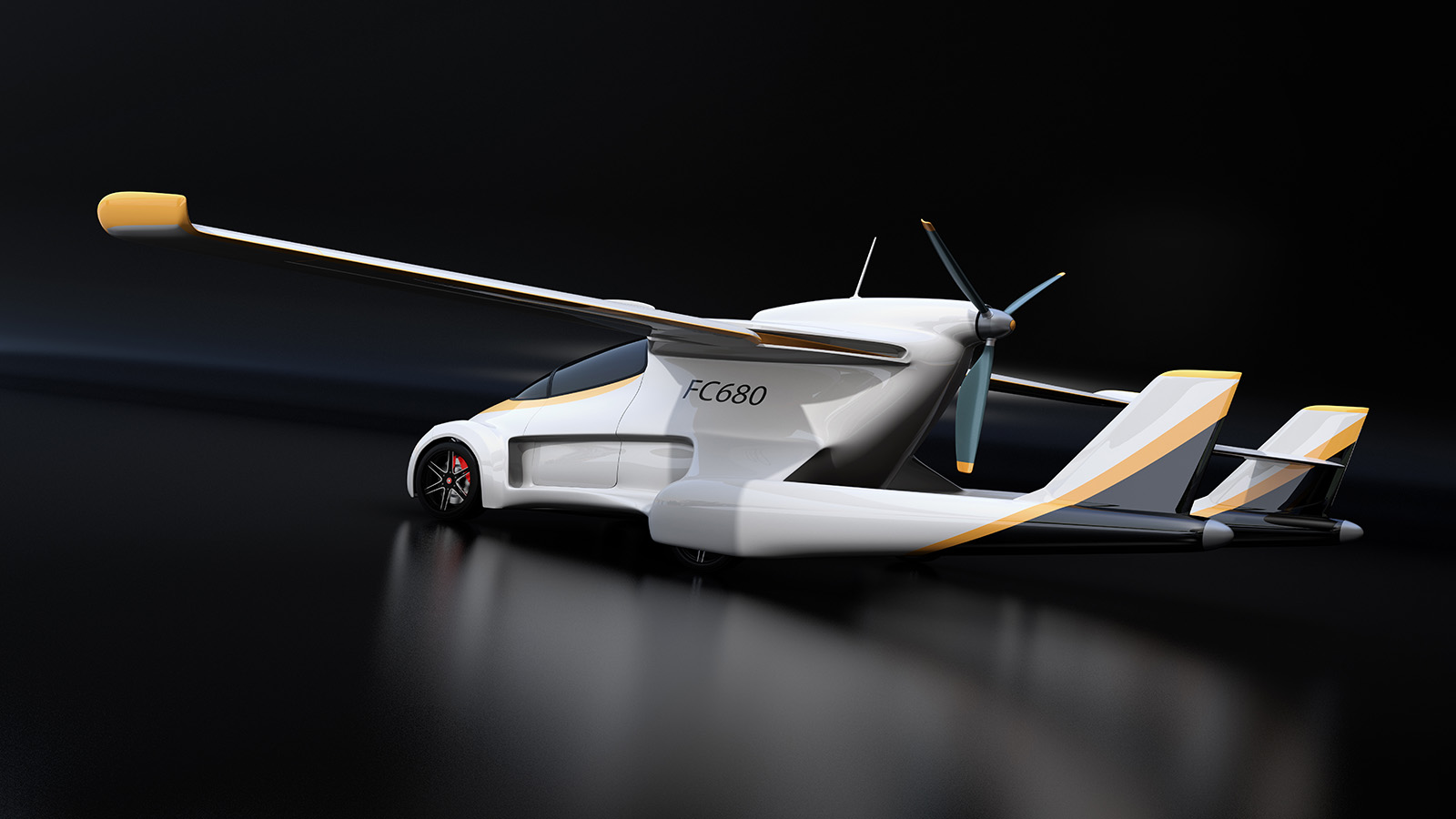Stay Up to Date
Submit your email address to receive the latest industry and Aerospace America news.
Q: It’s a windless day. A car’s wheels are turning forward on a treadmill that’s going backward at the same speed. The car is stationary at the moment, but this is no ordinary car. Now it sprouts wings and propellers as though it were on a clear stretch of interstate preparing for takeoff. The driver wonders aloud to onlookers whether the propellers will have the extra speed required to overcome the treadmill’s backspin and achieve takeoff. What would you say to the driver and why?
Draft a response of no more than 250 words and email it by 5 p.m. Eastern Jan. 17 to [email protected] for a chance to have it published in the February issue.
THE POINT OF LAGRANGE POINTS:
We asked you if it’s true that two spacecraft can’t simultaneously occupy the same Lagrange point in space.
WINNER: The statement is false. When spacecraft “occupy” a Lagrange point, they don’t simply sit at the point. Rather, they enter orbits around the Lagrange point, such as so-called halo orbits. Lagrange point orbits tend to span tens of thousands to hundreds of thousands of kilometers around the point itself, so there is ample room for many spacecraft to orbit simultaneously in the vicinity of a Lagrange point. As an example, the DSCOVR, SOHO, Wind and ACE spacecraft all currently orbit around the sun-Earth L1 Lagrange point, and they will be joined by the IMAP and NEO Surveyor spacecraft in the coming years.
Brent W. Barbee
Gaithersburg, Maryland
AIAA senior member
As a flight dynamics engineer, Barbee leads the group at NASA’s Goddard Space Flight Center in Maryland that is modeling the movements of the objects of the Didymos binary asteroid to see if researchers can predict the amount of deflection that results when the DART kinetic impactor, short for Double Asteroid Redirection Test, strikes the smaller of the pair in September.
Related Posts
Stay Up to Date
Submit your email address to receive the latest industry and Aerospace America news.




